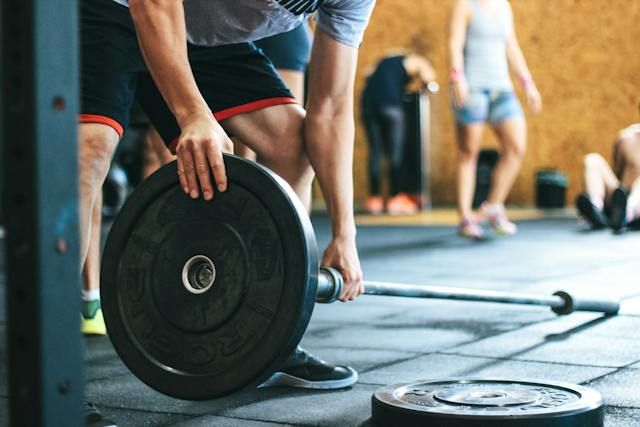What Safety Means For A Fitness Business
Whether you’re running a gym, a personal training centre, a yoga studio, or otherwise, how you address safety in your fitness business requires specific attention. Of course, every business owner has to do what they can to enforce safety standards where they work and where they welcome customers. Fitness businesses do have a few specific and unique risks they have to address, however. As such, we’re going to be looking at some of those risks, and what you can do to make sure that you mitigate and account for them in your place of business.
Maintain your first aid stations
People using exercise equipment are prone to injure themselves in a wide range of ways, whether it’s from overexertion, misuse of the equipment, or failure to address the risk of moving certain parts of the equipment. Whatever the case, you should ensure that you have first aid stations set up throughout the premises, as well as those who are trained to use them, both to provide immediate care for smaller injuries to prevent infection, as well as to provide emergency care to mitigate harm while waiting for the arrival of the emergency services.
Take care of your equipment
Equipment safety is perhaps the single greatest priority. Failure to maintain and to notice risk in your equipment could be one of the most common causes of injury if you’re not careful. As such, you should ensure that all equipment has regular inspections for wear, tear, and malfunction. Follow the manufacturer’s guide for maintaining that equipment, and ensure immediate action if you spot any equipment that isn’t fit for the gym floor, removing it or marking it as out-of-order until you’re able to give it the repairs or replacement that it might need. Educate your team on recognizing improper use of equipment to stop your visitors from hurting themselves, too.
Avoiding slips, trips, and falls
Between bottles of water, sweat, and the friction of foot traffic, gym floors can get pretty slippery. You want to make sure that you’re cleaning it routinely, of course, but using the right floor materials can be vital. A mat for the entrance can prevent debris and dirt from getting swept in, while you might want to use something like rubber flooring for the actual gym itself. Materials that offer more grip and that are less likely to get slippery as easily can help you avoid the all-too-common slips, trips, and falls.
Keep hydration on hand
It’s not just injuries that you should be looking out for. There are other health risks worth mitigating, as well, and hydration is one of the biggest risks of all. After all, your visitors are going to be working out, sweating, losing hydration and raising their temperature. Keeping hydration stations around and making them free for gym members is a priority. You may also want to train your team to recognise the signs of dehydration in others so that they can act and offer them assistance as soon as possible. You don’t want too many people fainting on your gym floor, especially on hot days.
Mind your indoor air quality
Air quality might not seem like quite as urgent a risk, but it is still important. After all, people need to breathe a lot more when they’re working out, and poor air quality can start to affect their health. It can make it harder to absorb the oxygen that they need, but it can also cause things like sore throats, respiratory issues, clogged sinuses, and more. Take the time to test your air quality and see if you need more air purifiers in the area, or a humidifier or dehumidifier to manage air moisture levels more effectively.
Train your staff
Of course, training your staff, who will be expected to reinforce and establish safety protocols on the ground, is vital, as well. Regular staff training for first aid assistance, evacuation procedures, reporting incidents, and collaborating with local authorities should also be carried out over time. An emergency response plan should be written down to ensure that your team can quickly get to grips with what they should do, too.
Injuries and accidents can happen, and they can happen even more easily in places where people are physically exerting themselves routinely and on purpose. As such, you have to be ready to deal with injuries and risk factors at all times. The tips above should help you get a start on that but do a risk audit occasionally to work out if there’s anything you might have missed.




